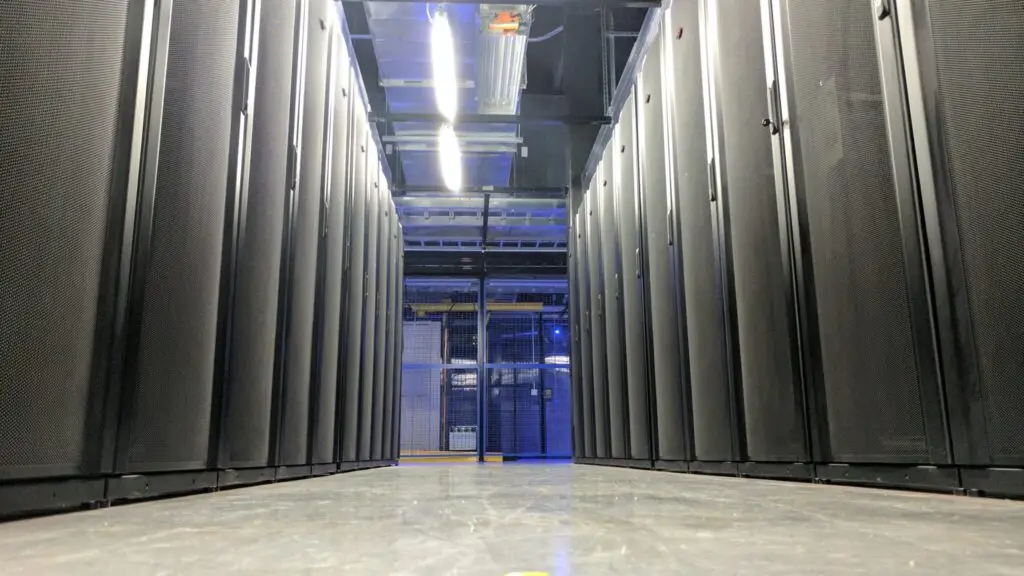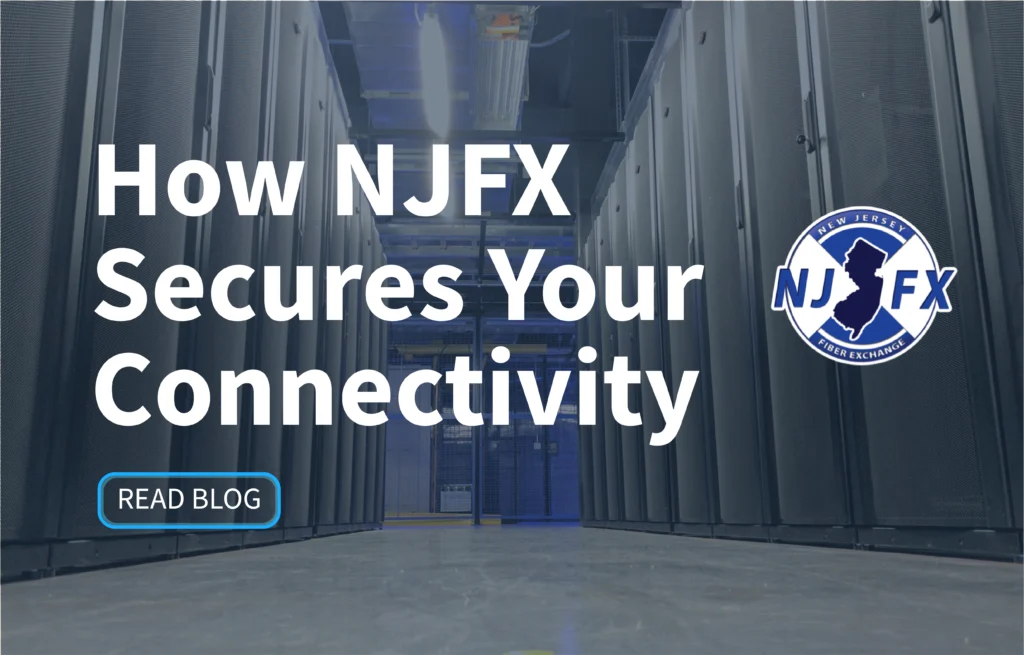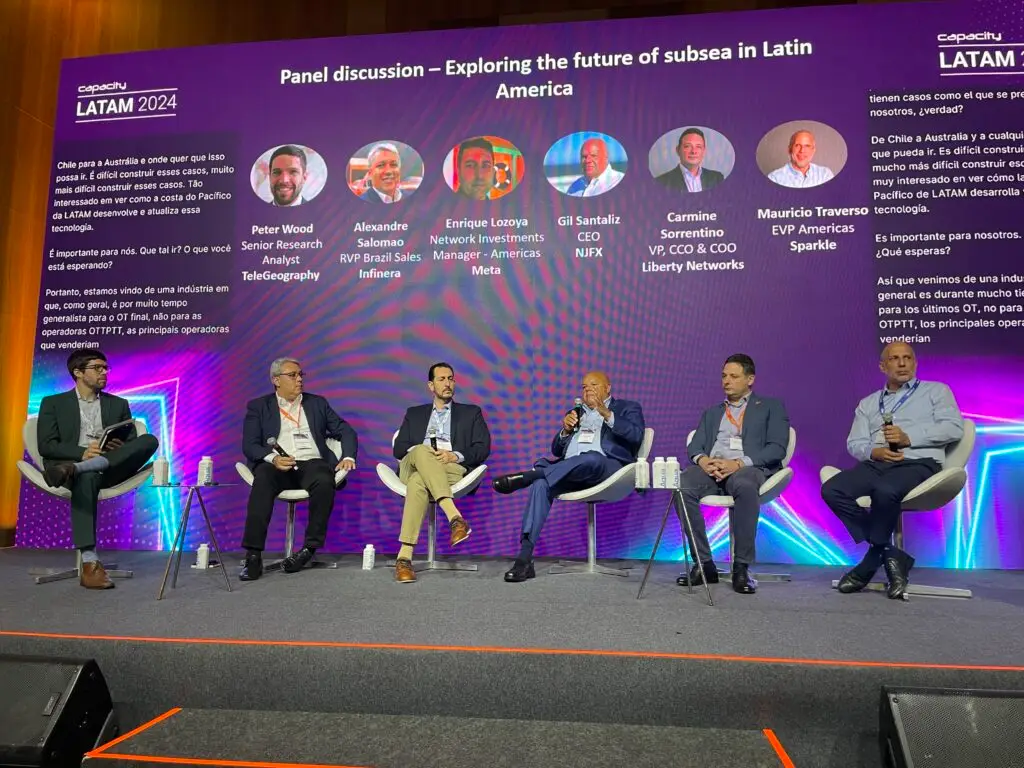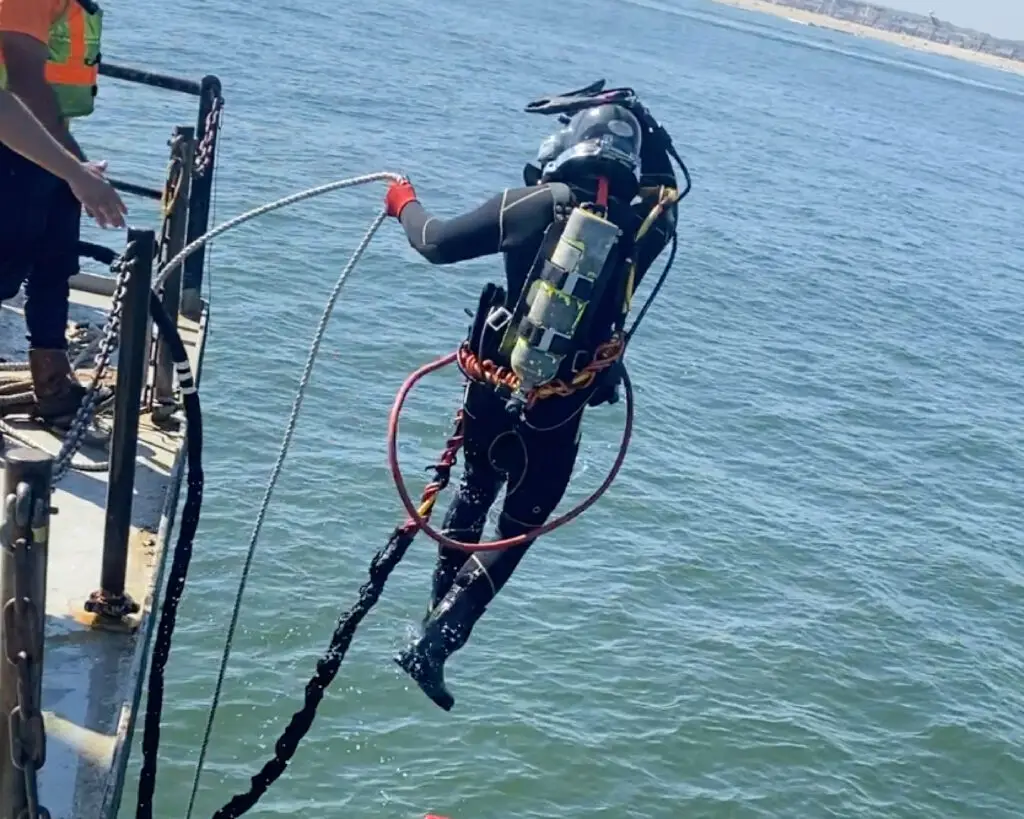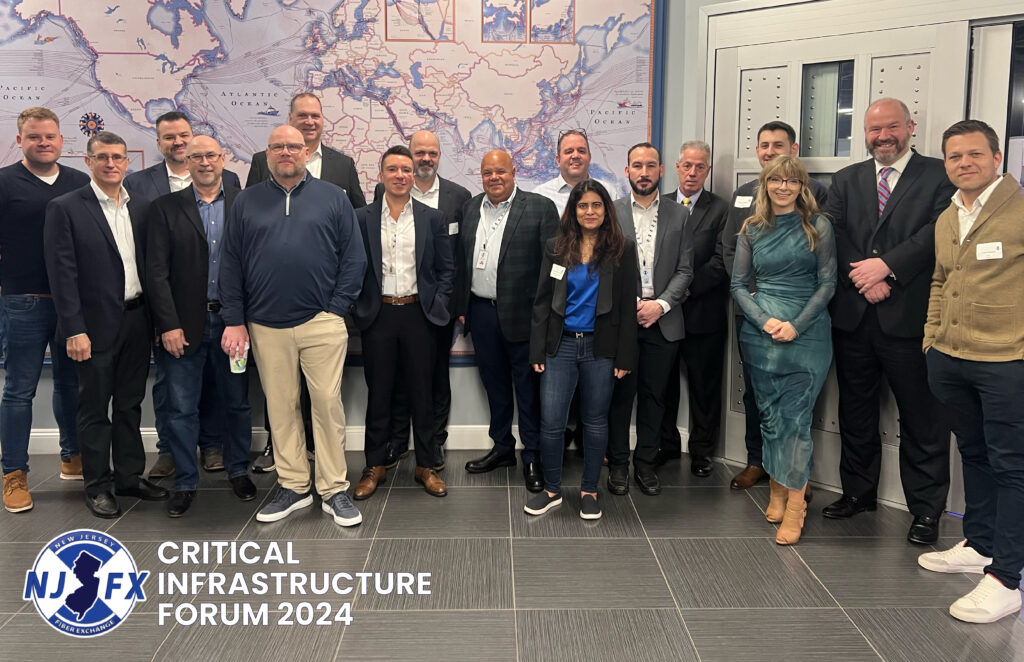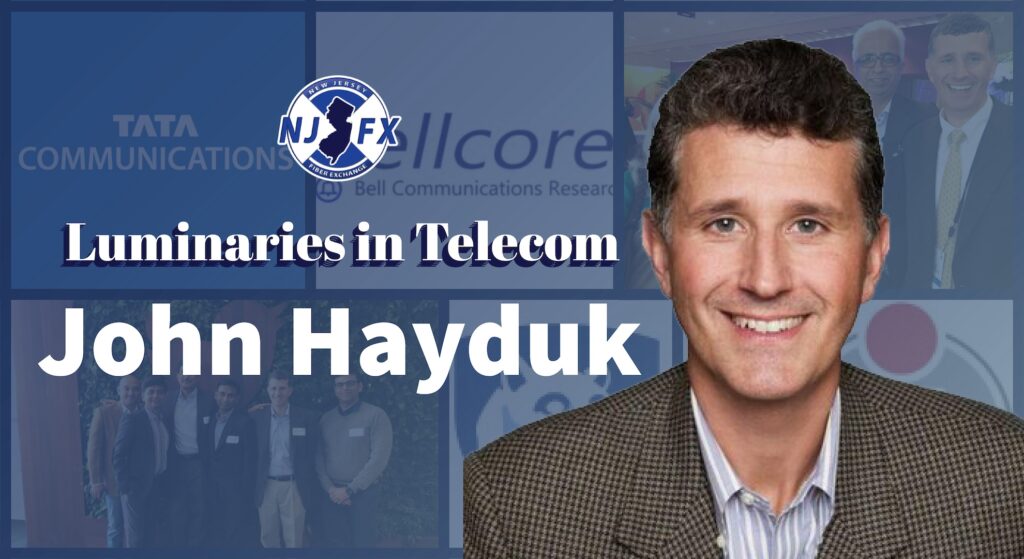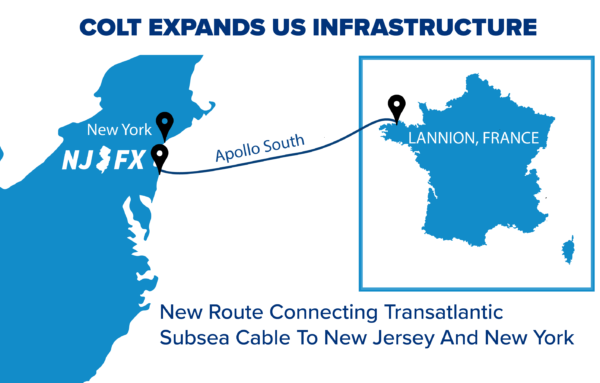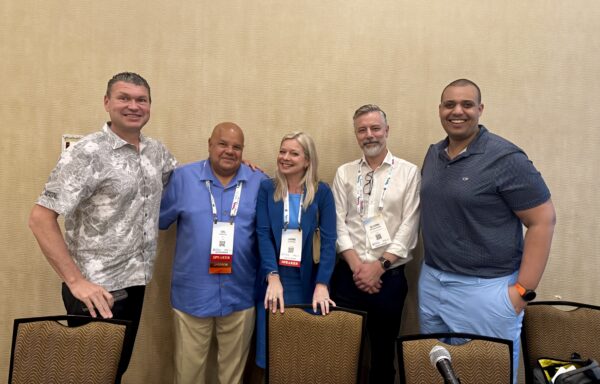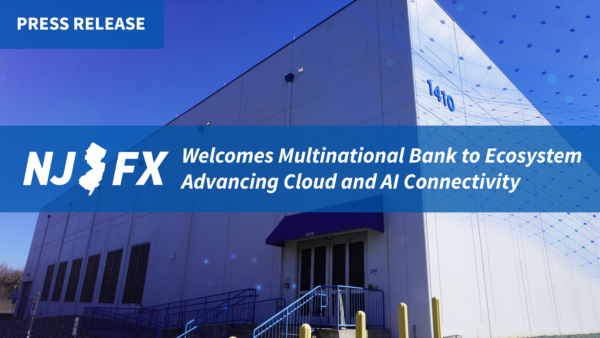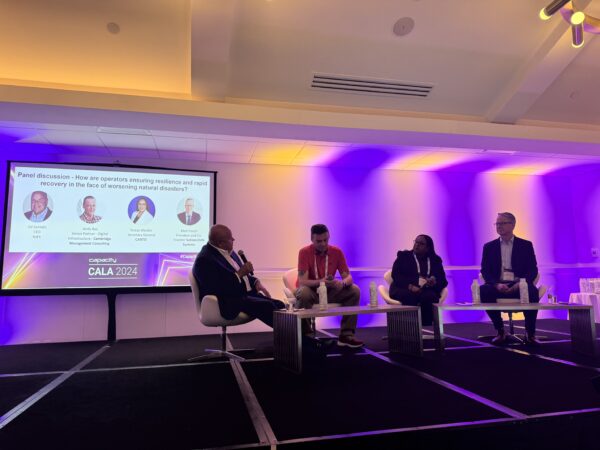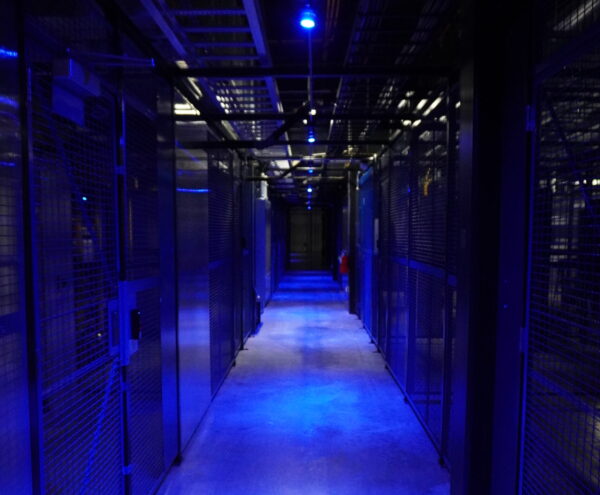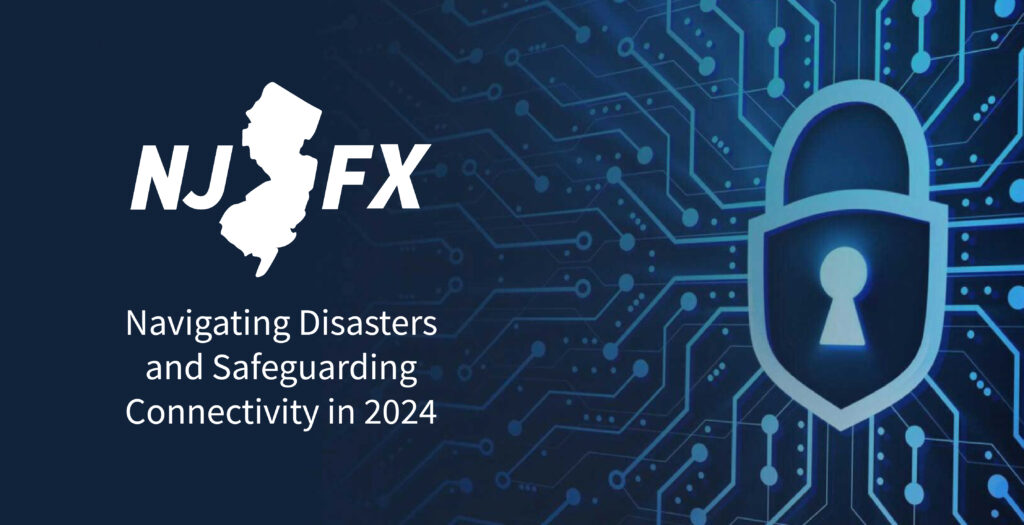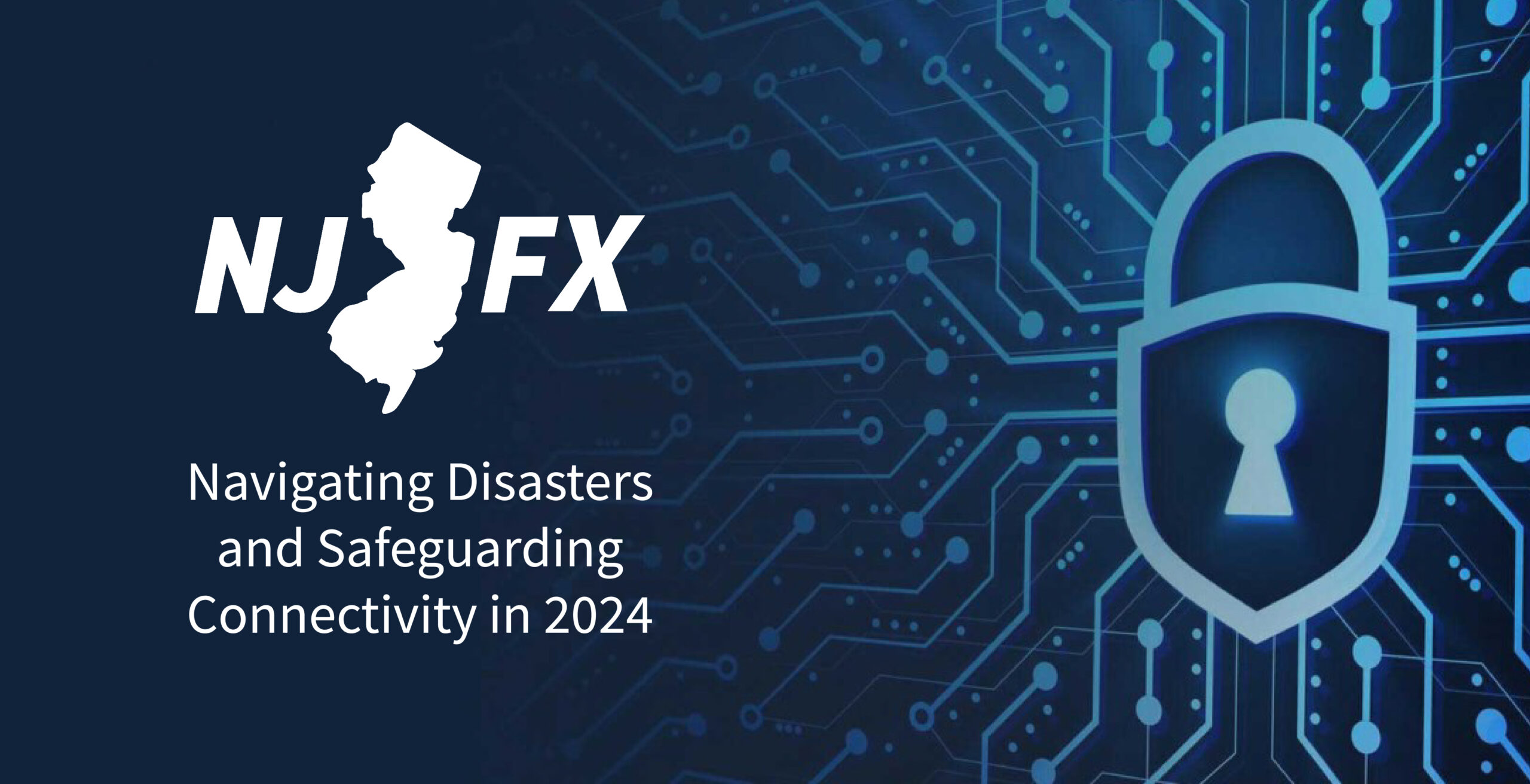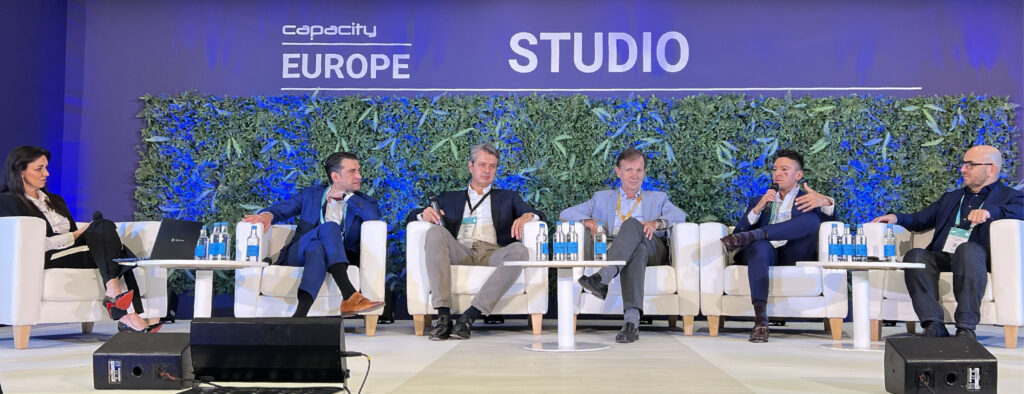Welcome back to Luminaries Of Telecom!
In the buzzing world of telecom, where stories weave and intertwine, often a singular voice emerges, setting the tone, bringing clarity, and connecting dots we didn’t even know existed. You’ve seen her energizing conference halls and connecting with many of you at grand events. From her early strides with giants like MSNBC and Telx, her journey is nothing short of awe-inspiring. Beyond the bright lights of professional accolades, she’s also a force to be reckoned with – crafting stories as an accomplished writer, orchestrating engaging conversations on ‘JSA Podcasts’, and spearheading JSA, a PR and marketing firm that has become synonymous with industry excellence. We present to you a storyteller, a visionary, and an industry luminary – “The Nexus Narrator,” the incomparable Jaymie Scotto Cutaia!
From the moment she could express herself, Jaymie radiated an undeniable passion for learning and an eagerness to delve beyond the ordinary. This vibrant curiosity beckoned her towards the captivating world of writing and journalism.
1999 was a year that would etch itself indelibly in Jaymie’s journey. As she stepped into the dynamic world of MSNBC, she wasn’t merely joining a news station; she was diving headfirst into a pioneering venture birthed from the genius collaboration between industry powerhouses: Microsoft and General Electric (GE). This was no ordinary newsroom—MSNBC, with its innovative approach and relentless quest for truth, was poised to redefine the very fabric of journalism.
In her vibrant four years at MSNBC, Jaymie wasn’t just reporting stories; she was living them. From the heart-wrenching moments of 9/11 to the unfolding chapters of the war in Afghanistan, every story resonated deeply. These monumental events didn’t just make headlines; they reshaped Jaymie’s perception of journalism’s profound impact. They underscored the pivotal role of collaboration, the artistry and care in compelling narratives, and the sheer power of connecting with audiences.
This exhilarating chapter didn’t just mark Jaymie’s career; it set ablaze an undying flame—a relentless and exuberant passion for connecting as a writer- as a person- through storylines and successes- that showed no sign of dimming!
Jaymie felt the winds of change beckoning her towards a new adventure. Diving headfirst into the telecoms industry, she stepped into a realm vastly different from journalism. While the two sectors might seem worlds apart, this move was set to become one of the most defining moments in Jaymie’s illustrious career.
Joining The Telx Group, Inc. as the Director of Marketing and PR was serendipitous. The stars aligned, presenting her with an opportunity that perfectly matched her drive and ambition. Reflecting on her time there, Jaymie enthuses, “Telx wasn’t just any company; it was the pulsating heart of innovation. Every day felt like stepping onto the frontier of technological advancements. The place was buzzing with entrepreneurial energy, and the dynamism was infectious!” Central to this vibrant environment was the leadership of Rory Cutaia, Telx’s visionary founder, CEO, and Chairman of the Board. Their professional camaraderie would later blossom into a personal relationship, with Rory eventually becoming her life partner, husband and father to their daughter Ava.
One of the crowning achievements during her time at Telx was the conceptualization and popularization of the term ‘Colocation’. In a move characteristic of Telx’s entrepreneurship, the team dramatically transformed the iconic 60 Hudson Street building, literally drilling through its walls, to pioneer a direct equipment connection method. This audacious strategy bypassed the outdated and expensive local loop systems, setting a new industry precedent. The Telx management team was instrumental in championing this novel concept, ensuring clients and peers alike grasped the magnitude and implications of what would soon become foundational in telecommunications: the direct cross-connect.
As Jaymie navigated this new world, her interactions with a plethora of cutting-edge thought leaders from small and large telecom and enterprise companies alike, greatly enhanced and diversified her professional experience. Every discussion, every brainstorming session, and every collaboration subtly steered her towards a burning desire to craft something uniquely her own. As she mingled with the industry’s luminaries – the innovators, the disruptors, the visionaries – Jaymie’s entrepreneurial spark ignited brighter than ever. She wasn’t just networking; she was absorbing, learning, and constantly evolving. For Jaymie, every individual had a lesson to impart, a perspective to share, and perhaps even the potential to collaborate on future groundbreaking projects. She developed a synergistic philosophy that ‘one plus one equals three’, a belief that collective efforts amplify results. Such a mindset, coupled with her accumulated journalistic insights, led Jaymie to spot a glaring void in the telecoms landscape: a dire need for specialized industry-specific communication, education and promotion.
The Rise of JSA
Jaymie had a clear vision: it was essential to master its nuances, keep a pulse on evolving trends, forge ties with influential leaders, and consistently pave pathways for companies to establish valuable connections. Her insights revealed the unparalleled advantage of specializing in a niche.
This eureka moment led to the founding of JSA in 2005, with the ambition of filling the void in the digital infrastructure domain – a niche crying out for a dedicated public relations and marketing ally. Over an impressive span of 18 and a half years, JSA has impeccably embodied this vision.
When asked about JSA’s enduring legacy and the catalysts for its triumphant journey, Jaymie credits the people who have been the beating heart of the organization. Challenges, which are yet inevitable, transform into innovative solutions, thanks to the collective brilliance of the JSA team.
“Each brainstorming session is akin to watching fireworks of creativity,” Jaymie sparks a smile. The synergy she has fostered among her team is palpable, making JSA more than just a workplace—it’s a family. A family that thrives on mutual growth, routinely engages in enriching ‘lunch and learn’ sessions, and is unwaveringly committed to elevating their clients’ businesses.
JSA’s unwavering commitment to evolution and innovation remains at the forefront. The team continually reflects upon, ‘How can they stay ahead of the curve for their clients, both today and in the months and years to come?’ Jaymie and her team’s thirst for knowledge is ceaseless. Dedicated to understanding the latest technological breakthroughs, they discern how tools like AI can amplify their PR and marketing efforts. While automation brings efficiency, JSA emphasizes the irreplaceable value of genuine human connection.
For JSA, it’s clear that AI has sent transformative ripples across industry, especially in fields like medicine, data centers and even communications. Although JSA recognizes and leverages the power of AI, utilizing for example the plethora of multi-lingual research as a foundation for content creation, JSA utilizes platforms like ChatGPT with the utmost discretion, ensuring that the sanctity of clients’ data remains uncompromised and the final drafts unmistakably human.
At its core, JSA champions the art of quality content. Jaymie, a writer by trade with a master’s degree in the discipline, has always placed a premium on eloquent and impactful storytelling. The writers at JSA, handpicked and meticulously trained, reflect this commitment to excellence. Collaborating with visionary clients who resonate with the company’s ethos provides the team with a canvas rich with stories of innovation, change, and progress. These narratives, steeped in authenticity and passion, don’t just engage—they inspire and foster partnerships. Unlike many agencies that might remain surface-level in their content, JSA delves deep, showcasing the luminaries and pioneers crafting the future. These narratives magnetize the best in the industry, drawing leaders who share JSA’s passion and drive. It’s not just about networking—it’s about cultivating a community bound by shared aspirations and dreams.
In her pursuit of excellence, Jaymie has adeptly leveraged a plethora of digital avenues. From hosting engaging discussions on their dedicated podcasts, such as Data Movers, to live stream interviews at industry events, to fostering dialogues through roundtables, active social media engagement, and insightful blogs, Jaymie ensures JSA’s presence is felt across every relevant digital platform. But the brilliance of her strategy lies in its coherence: each platform, while distinct in its offerings, weaves back into a consistent narrative that centers on their clients and the infrastructure industry, crafting captivating stories that resonate far and wide.
While countless stories under the JSA banner stand testament to their prowess, certain narratives evoke a unique blend of nostalgia and pride. Among them is the captivating tale of Hibernia. Initially introduced to the world as Hibernia Atlantic, the company’s meteoric rise saw it evolve into a global powerhouse, necessitating a rebrand that aptly reflected its expansive reach. The crescendo of their journey was the launch of Hibernia Networks, and particularly the rollout of the very first transatlantic cable in over a decade, Hibernia Express. This wasn’t just any cable; it was bridging New York and London with unparalleled speed and new technical innovation and much-needed capacity. This monumental endeavor represented a pivotal chapter in the annals of digital communication.
To ensure this historic moment received its due recognition, Jaymie and her team employed innovative techniques that were ahead of their time. Employing drone technology, which was still in its nascent stages back then, they captured breathtaking visuals of the cable making landfall on iconic beaches on both continents. This visual narrative, coupled with impeccable storytelling, caught the media’s attention, placing Hibernia Express in the limelight it so rightfully deserved. Jaymie reminisced, “It was a golden opportunity for us writers to document history unfolding before our eyes, and we felt truly honored to be part of that story.”
The X Factor
The turning point, what Jaymie fondly refers to as the ‘X Factor’, dawned in the tumultuous aftermath of the pandemic circa 2020-21. Amidst the adversities that the global crisis presented, what shone through was her team’s unwavering commitment. The adversities of remote work, homeschooling challenges, health threats – nothing could deter them. They reported to work with undiminished zeal, bringing not just their expertise but an undeniable passion. This resilience led to an epiphany: JSA was more than just a PR firm. They were custodians of narratives that represented a community, resilient and vital in the face of global challenges. Highlighting the endeavors of the telecom and critical infrastructure industry, who together ensured uninterrupted connectivity even through a pandemic, became a mission.
But another profound realization emerged during these trying times: the pressing need for sustainability. This wasn’t just a trend; it was an urgent call to arms. They recognized that they were amidst an industry that was not just acknowledging, but actively responding to the clarion call for sustainability. For Jaymie and her team, their roles transcended beyond mere jobs. They were on a mission, driven by purpose and the intent to bring about palpable change. Together, with amazing global collaboration of our industry’s finest thought leaders, they launched the ‘Greener Data’ movement.
‘Greener Data’ wasn’t just an abstract concept for Jaymie; it materialized as a co-authored book, a testament to our industry’s fervor for more sustainable, greener data networks and best practices. Within its pages, the narrative unfurled the tales of outstanding companies and visionary leaders, all steered by the ambition to sculpt a more eco-conscious digital domain. Confronted with the stark reality that the industry accounted for 3 to 4% of global energy consumption, the magnitude of their responsibility became undeniably clear.
Rooted deeply within the critical infrastructure sector, the book emphasized its inherent role as the epicenter of this ecological transformation. Dispelling common misconceptions, Jaymie stressed that genuine sustainable advancements does not arise solely from political debates or grandiloquent global conferences. The true change-makers, as highlighted in her book, are the innovators, tech enthusiasts, and industries that band together, marrying vision with actionable strategies, to sculpt a greener tomorrow. ‘Greener Data’ is more than just a book; it was a manifesto, a call to action for an entire industry.
Sustainability for All
From the inception of the ‘Greener Data’ initiative to its maiden book launch on Earth Day 2022, the trajectory of this movement has been transformative. Bringing together 24 pioneering voices to illuminate their sustainable endeavors, this initiative quickly transitioned from a mere book to a catalyst, igniting an industry-wide transformation. Its rapid adoption and commendation by several companies, earmarking it as mandatory reading, affirmed its monumental impact. Further, achieving the status of an Amazon best-seller was an acknowledgment of its resonance within the industry. As ‘Greener Data’ articulated, the journey to sustainability is progressive, interspersed with strides, partnerships, shared education and collective growth.
Recognizing the indelible imprint the first volume created, the extension of this journey was a foregone conclusion. Earth Day 2024 is set to witness the release of ‘Greener Data Volume Two’ on Amazon. Boasting contributions from over 50 industry stalwarts, this volume exemplifies the growing momentum of this initiative. This compilation isn’t merely an aggregation of chapters but a comprehensive tapestry of global perspectives, encompassing insights from tech luminaries, subsea experts, carriers, and individuals deeply intertwined with the OSI stack. With contributions spanning almost every global corner, this volume stands as a testament to its global outreach. The recent kickoff event, brimming with enthusiasm, chapter unveilings, and shared aspirations, heralded the impending transformative wave this volume promises to usher.
The genesis of ‘Greener Data’ didn’t occur in isolation. It stemmed from Jaymie’s fervent desire to innovate and to spotlight the multifaceted narratives that often remained confined within the industry’s echo chambers. Upon seeking external feedback regarding this endeavor, she was inundated with overwhelming support, reinforcing that ‘Greener Data’ resonated deeply with the industry at large.
What sets this initiative apart is its core premise: in a domain where knowledge dissemination largely relies on interpersonal exchanges, ‘Greener Data’ offers a tangible, curated repository. It archives invaluable experiences, curates sustainable journeys, and invites every industry participant to partake in this collective voyage towards a sustainable future. For Jaymie and JSA, this isn’t just an undertaking, it’s a mission, one that amplifies myriad voices, facilitates collaboration, and carves out a more sustainable path ahead.
Leading Women in Telecom
In an era where inclusivity and diversity were increasingly recognized as not just ethical imperatives but also as drivers of innovation and growth, such gaps in gender equality within our own industry were disconcerting. For Jaymie, it wasn’t just about spotting the discrepancy, but about proactively seeking solutions.
Witnessing a glaring disparity in speaker representation at industry events, with often just a lone female voice amidst a predominantly male panel, Jaymie saw a call to action. She asked our industry’s top event organizers how JSA can help get more equal representation on the speaker circuit, and they cited a lack of available female speakers.
Enter the Women Speaking Initiative (WSI), launched by JSA. By creating a platform, JSA offers women the opportunity to craft a speaking resume. This not only provides event organizers with a dynamic pool of accomplished female professionals eager to share their insights but also obliterates the age-old excuse of not knowing where to find them. It is a proactive move, aimed at not just highlighting female expertise but galvanizing them to actively seek out and embrace speaking opportunities.
For many young women just entering our industry, the stark underrepresentation of women, especially at key conferences, is immediately palpable. Beyond the inherent challenges of navigating a male-dominated domain, many women grapple with the dilemma of how to initiate their journey onto the stage. WSI is more than just a directory; it’s a call, urging women to amplify their voices and assert themselves in the industry.
But inclusivity isn’t just on the speaking pulpit, it’s also in the office. By fostering inclusive work cultures, championing flexible work models, and nurturing supportive communities, both within organizational confines and through specialized women-centric networks, we can pave the way for a more balanced, equitable, and thriving industry. The narrative isn’t about just representation; it’s about creating spaces where women -and all diverse people and voices- can flourish, contribute, and lead. The road ahead is promising, and with concerted efforts, the future looks bright.
Jaymie began collaborating with various industry groups and associations, curating lists of accomplished women professionals eager to lend their expertise and insights. These were women who had made notable strides in their respective fields, who brought with them a wealth of knowledge, experiences, and perspectives. Jaymie was determined to ensure that the next time an event organizer said, “We don’t know where to find them,” she’d have a list to share.
Her drive didn’t stop there. She championed the creation of forums and networks dedicated to women in tech, creating platforms for them to connect, collaborate, and climb the ladder of leadership. These initiatives not only aimed to equalize representation in panels but also to challenge and change the broader industry narrative around gender diversity.
It wasn’t just about achieving gender parity on panels but about reshaping the industry’s fabric to be more inclusive, equitable, and reflective of the diverse world it serves. Jaymie’s proactive approach showcased a simple truth: when equipped with resources and the right intentions, change is not just possible; it’s inevitable.
Thank you to Jaymie Scotto Cutaia for sharing her invaluable insights as “The Nexus Narrator”. We’ve only scratched the surface of her dynamic journey, and there’s undoubtedly more to explore. Readers, we encourage you to share your thoughts and reflections on Jaymie’s perspective in the comments. For suggestions on other telecom leaders to spotlight, reach out to [email protected]. Until next time, keep the conversation going and stay engaged!
